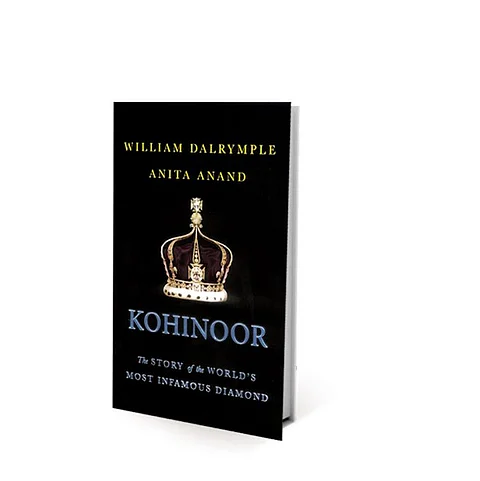
- Destinations
- Experiences
- Stay
- What's new
- Editor’s Picks
- Responsible Tourism
- CampaignsCampaigns
- Subscribe

Reading Kohinoor, William Dalrymple and Anita Anands historical thriller on the one precious stone that looms so large in the subcontinents legend, I am struck by a feeling of immense sadness. And not for the famous diamond. Rather, the story of the Koh-i-noor is that of a tragic tableau of human follies, greed and suffering. I think of the destruction of Delhi at the hands of Nader Shah and Ahmad Shah Abdali, or the long fade of Afghan culture and learning with the demise of the Durrani kingdom, and the exploitation of Maharajah Duleep Singh and his redoubtable mother Rani Jindan at the hands of the British. Kohinoor, for all that its the story of a large diamond, is ultimately the story of the civilisational decline of South Asia. From Dalrymple and Anands fast-paced narrative, it would seem that the so-called curse of the Koh-i-noor didnt just affect specific individuals, but entire cultures. And, the story begins with the Mughals.
Dalrymple, who has written the first part of the book, traces the cultural prehistory of gems in India, starting with a couple of Puranic texts from early medieval India and proceeding to the diamond mines and riches of the Vijayanagara Empire. He draws a parallel between the mythical, similarly cursed Syamantaka gem, which could have been a large diamond, and the Koh-i-noor, and also tracks the mentions of outstanding gems from the pre-Mughal era. As he points out, any or none of the gems mentioned might have been the Koh-i-noor. In fact it wasnt till Nader Shahs invasion and the plunder of Delhi that the Koh-i-noor is even mentioned. We know nothing of the diamonds origins. It was the Durannis, Maharajah Ranjit Singh and the British East India Company, whose obsession with the diamond elevated the gem to its modern status of worldwide renown.
Anand picks up the story in the aftermath of Ranjit Singhs death. This is possibly the most poignant part of the book, not so much about the way the British got the Koh-i-noor, but how the independence of Punjab was crushed and the lives of Ranjit Singhs wife Jindan and his infant son and heir Duleep Singh descended into onelong tragedy. Mother and son were separated, Duleep Singh packed off to England under Queen Victorias protection and Rani Jindan to a prison in the Chunar fort. She escaped and turned to the king of Nepal for help, but he connived with the British to keep her there. If the British feared the mother, they smothered the son in fake paternalistic kindness. A favourite of Victorias, he was emotionally pressured to formally gift the Koh-i-noor to the queen of England, enacting a farce where he gave away something that was looted from him in the first place.
Kohinoor is an enjoyable read, though poignant and ultimately depressing. That stems from the nature of the diamonds history, and the authors have done a fine job of sifting fact from fiction to present a fairly definitive history of South Asias most popular diamond.
